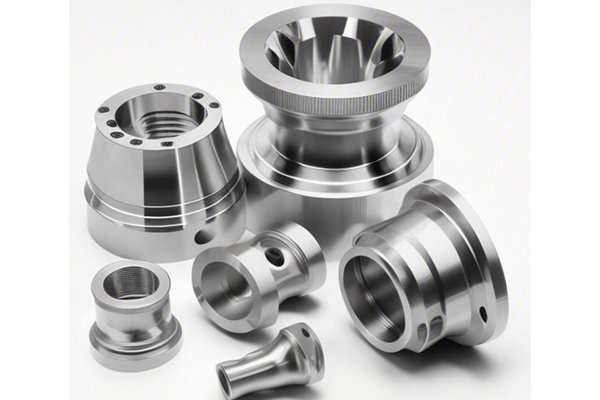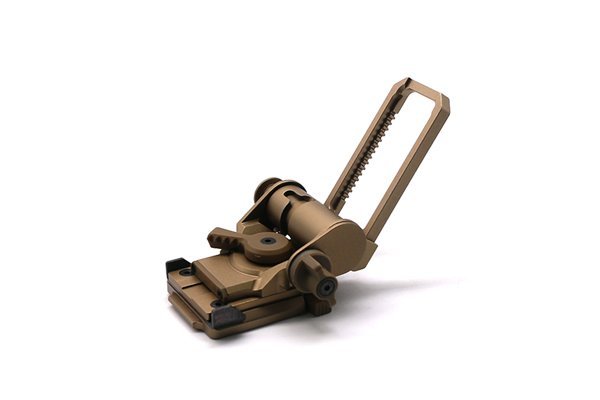Have you ever wondered why certain materials dominate in construction and manufacturing? If you’re in the CNC machining industry, understanding the materials you work with can be pivotal to ensuring product longevity and reliability. Aluminum alloys, particularly 6063 and 7075, frequently arise in design conversations due to their unique properties. Did you know that selecting the right aluminum alloy could mean the difference between a product that lasts just a few months versus one that endures for decades? Understanding these differences can change the way you approach projects in terms of cost, durability, and application.
In this blog, we will delve deeply into the corrosion resistance characteristics of 6063 and 7075 aluminum alloys, particularly in the context of CNC machining. We will explore the differences in the properties of these materials, how they perform under various conditions, and practical solutions for selecting the right aluminum alloy for your specific applications.
Understanding Aluminum Alloys: A Quick Overview
Before we dive into the specifics, let’s first cover what aluminum alloys are. Aluminum, alone, is relatively soft and lacks strength and durability for many applications. However, when alloyed with other elements (like copper, manganese, silicon, magnesium, or zinc), its physical and mechanical properties significantly improve.
The most common methods for classifying aluminum alloys include:
6063 and 7075 are both used in the wrought category but have different compositions and properties.
6063 Aluminum: The Architect’s Favorite
6063 aluminum is often referred to as an architectural alloy due to its gentle blend of corrosion resistance, aesthetic appearance, and good mechanical properties. The composition includes:
Corrosion Resistance of 6063 Aluminum
6063 aluminum exhibits excellent corrosion resistance, particularly in urban environments and marine applications. Its fine-grained structure often allows it to withstand oxidation and atmospheric exposure, making it a go-to choice for applications such as window frames, doors, and roofing.
The key to its corrosion resistance lies in its ability to develop a thin film of aluminum oxide when exposed to the atmosphere, which acts as a protective barrier against more severe corrosion elements. However, 6063 aluminum can still be susceptible to pitting in acidic or alkali environments.
7075 Aluminum: The Fighter
In contrast, 7075 aluminum is among the strongest aluminum alloys available, often referred to as an aircraft-grade aluminum due to its suitability for aerospace applications. Its composition is more complex and includes:

Corrosion Resistance of 7075 Aluminum
While 7075 aluminum is known for its exceptional strength, it lacks the same level of corrosion resistance as
In environments that are non-corrosive, 7075 can perform exceptionally well, but applications in marine or high-moisture environments require additional protective measures. Anodizing or coating can significantly improve its corrosion resistance.
Comparing the Two Alloys
With these foundational understandings, let’s compare the two alloys in the context of CNC machining:
Although both alloys can be CNC machined, their machining characteristics differ:
6063 is often employed where aesthetics matter, so industries like architecture and product design favor it. Conversely, 7075 finds its place in aerospace and military applications where strength and weight are crucial.
6063 is generally considered more cost-efficient for applications that do not demand high strength. On the other hand, 7075 may have a higher price point, justified by its strength-to-weight ratio.
Practical Solutions for Material Selection
Selecting between 6063 and 7075 necessitates consideration of several factors:
: Choosing Wisely for Long-Lasting Results
In the realm of CNC machining, the choice between 6063 and 7075 aluminum alloys requires a well-rounded understanding of their respective properties, especially concerning their corrosion resistance. As discussed:
Understanding these distinctions not only serves engineers and machinists in choosing the right material but also reflects on the overall longevity and reliability of the products produced. As industries globally become increasingly focused on optimizing resources and ensuring sustainability, making informed material choices becomes critical.
This conversation around aluminum alloys and their properties is not merely theoretical; it impacts the very products we interact with daily. Choices made today can lead to innovation, efficiency, and, ultimately, the longevity of products in an ever-evolving market. Think carefully about your material selections, and don’t hesitate to reach out to industry experts for specific use-cases. Choosing the right material is not just about cost; it’s about investing in future sustainability.






